Critical Thinking > QUESTIONS & ANSWERS > CARD BCAT EXAM LATEST 2022 ALREADY PASSED (All)
CARD BCAT EXAM LATEST 2022 ALREADY PASSED
Document Content and Description Below
CARD BCAT EXAM LATEST 2022 ALREADY PASSED Forward Chaining ✔✔Begin with the first SD- response component in the chain and then continue forward through the remaining SD-response components. Ex... ample: Teaching a child to brush their teeth from the beginning of the task with the SD "Brush your teeth" the child gets the tooth brush, turns on the cold water, puts the toothbrush under the water... eventually then gets towel, wipes mouth and hands and hangs towel up. The reinforcer will be AFTER THE TARGET STEP and the Therapist will continue to guide the child through the rest of the chain. Discrimination Training ✔✔The process of reinforcing a target response only when the target antecedent or SD is present. Teaching the client to "tell the difference between two or more SDs." Examples: Teaching the child to be able to tell the difference between their mom and dad in pictures with saying "Touch mom" or "Touch dad" and the child responds correctly. When holding up an apple teaching the child to answer the different questions of "What is it?" "What do you do with it?" and "What color is it?" using only the apple as the stimulus. Simultaneous Discrimination Training ✔✔When multiple objects are placed in front of the child and they are asked to touch, point or pick up the item. - This type has a visual field and most likely involves using a table and chair or sitting on the floor - Uses 7 step and the 4 step sequence of teaching (refer to initial training notes) - Examples of SDs that use this method: "Touch (color)", "Give me the (object)" "Point to the (item)" Successive Discrimination Training ✔✔When the target and the distractors cannot be presented simultaneously. The target and the distractor occur across successive trials - This type has NO visual field of stimuli. - Uses 3 step and the 2 step sequence of teaching (refer to initial training notes) - Examples of SDs that use this method: Telling the client to do an action like "Jump." (They cant do anything else at the same time) Asking the client a question like "What is your name?" (They cannot answer anything else at the same time) Expanded trials ✔✔Systematically increasing the time in between presentation of the target Sd by gradually increasing the number of trials of previously mastered targets. The formula is as follows: TXdTXdTXdTXd, TXddTXddTXddTX, TXdddTXdddTXdddTX Example: Target item: shoe Mastered items: cup and dog For the TX above insert "shoe" for the d above insert "cup" or "dog" Graduate Random Rotation ✔✔Systematically introducing mastered items (one at a time) into random rotation with the target item. The formula is as follows: RR1: RR TX with 1 previously mastered, RR 2: RR TX with 2 previously mastered items, RR 3: RR with 3 previously mastered items - Example: Target item: shoe Previously mastered items: cup, diaper and dog For the TX above insert "shoe" for previously mastered items above insert "cup" "diaper" or "dog" Discrete Trial Training (DTT) ✔✔A specific method of teaching in which a task is isolated and taught across multiple trials. A specific opportunity is presented and a specific response from the learner is expected. A consequence follow the learner's response. DTT is used because it allows: - for repetition - the learner to know what is expected - the learner access to reinforcement - for easy data collection Natural Environment Training (NET) ✔✔Explanation: NET describes teaching procedures that can be used to teach clients diagnosed with autism in their natural environment. It involves situations and items that the client would be already be interacting with to teach relevant skills. Motivation is capitalized on during NET. Child directed learning. Examples: 1) While the child and therapist are coloring, the child indicates the need for a new crayon. The therapist presents a selection of several crayons and waits. The child mands, "I want yellow crayon". (Manding, Colors) 2) While playing "grocery store:, the child and therapist are making a list of items to buy. The therapist asks, "What do you think are some foods we might need?" The child responds, "Apples, cookies and peanut butter." (Categories) Fluency-based Instruction ✔✔Taking an existing skill and increasing accuracy and speed of skill performance in order to develop competence. Examples: Taking times math fact quizzes, so that the child can answer ultimately 50 addition problems in one minute. Teaching a child who knows how to brush their teeth, comb their hair and get dressed in separate instructions, to do them all as one task of "getting ready" in a specific amount of time. Generalization ✔✔The occurrence of a learned behavior demonstrated in other environments, with other objects, people or instructions. Examples: 1) Teaching the child to label a picture of a German Shepard as "dog" then the child labels a Labradoodle as a "dog" without instruction that he sees walking down the street. 2) Teaching a child in the Objects lesson to say "It's an (object)" and then, without instruction, client begins to say "It's a (community helper name)" in the Community Helper's lesson. Maintenance ✔✔The extent to which the learn [Show More]
Last updated: 2 years ago
Preview 1 out of 12 pages
.png)
Buy this document to get the full access instantly
Instant Download Access after purchase
Buy NowInstant download
We Accept:

Also available in bundle (1)
.png)
BCAT BUNDLED EXAMS QUESTIONS AND ANSWERS 100% PASS
BCAT BUNDLED EXAMS QUESTIONS AND ANSWERS 100% PASS
By Nutmegs 2 years ago
$15
8
Reviews( 0 )
$10.00
Can't find what you want? Try our AI powered Search
Document information
Connected school, study & course
About the document
Uploaded On
Oct 01, 2022
Number of pages
12
Written in
Additional information
This document has been written for:
Uploaded
Oct 01, 2022
Downloads
0
Views
123

.png)


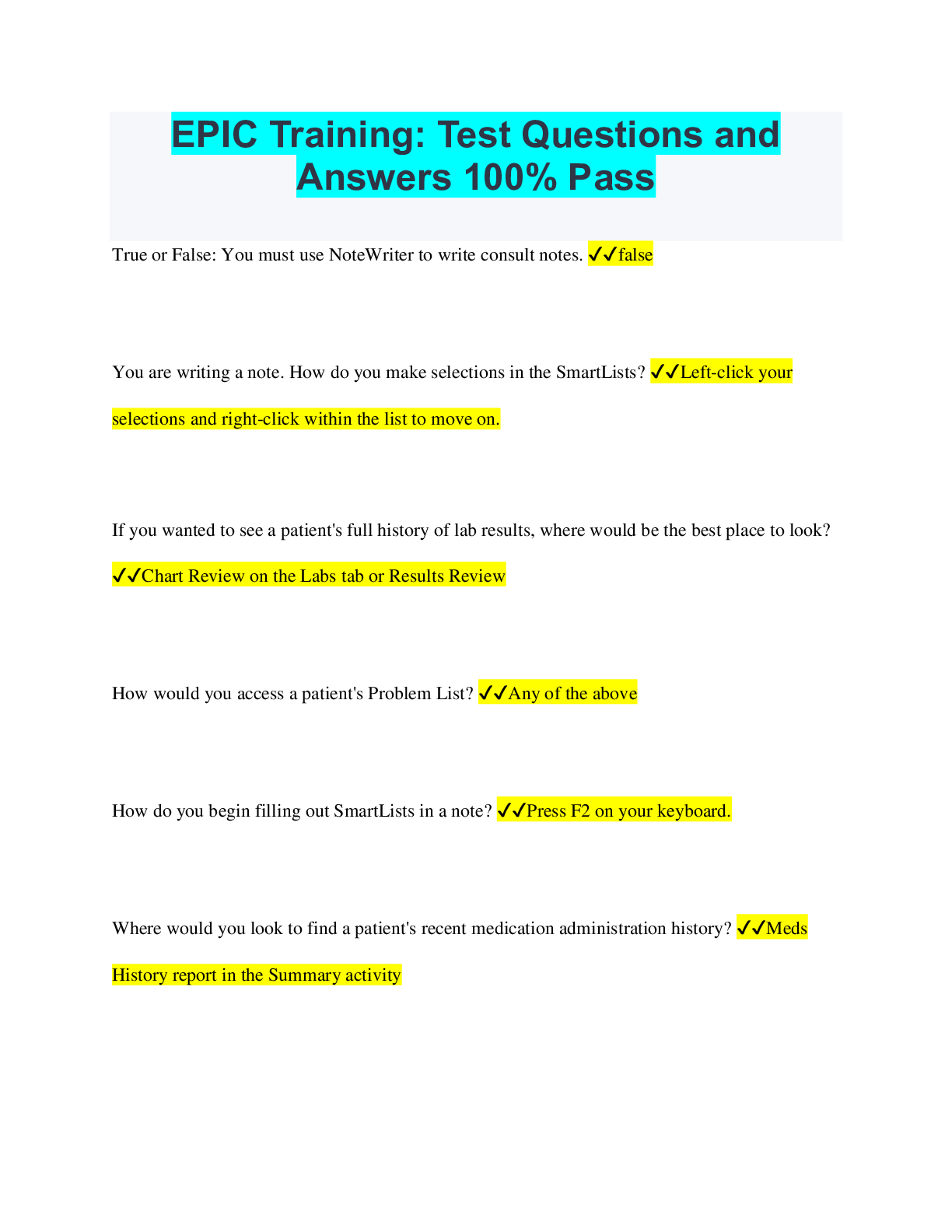
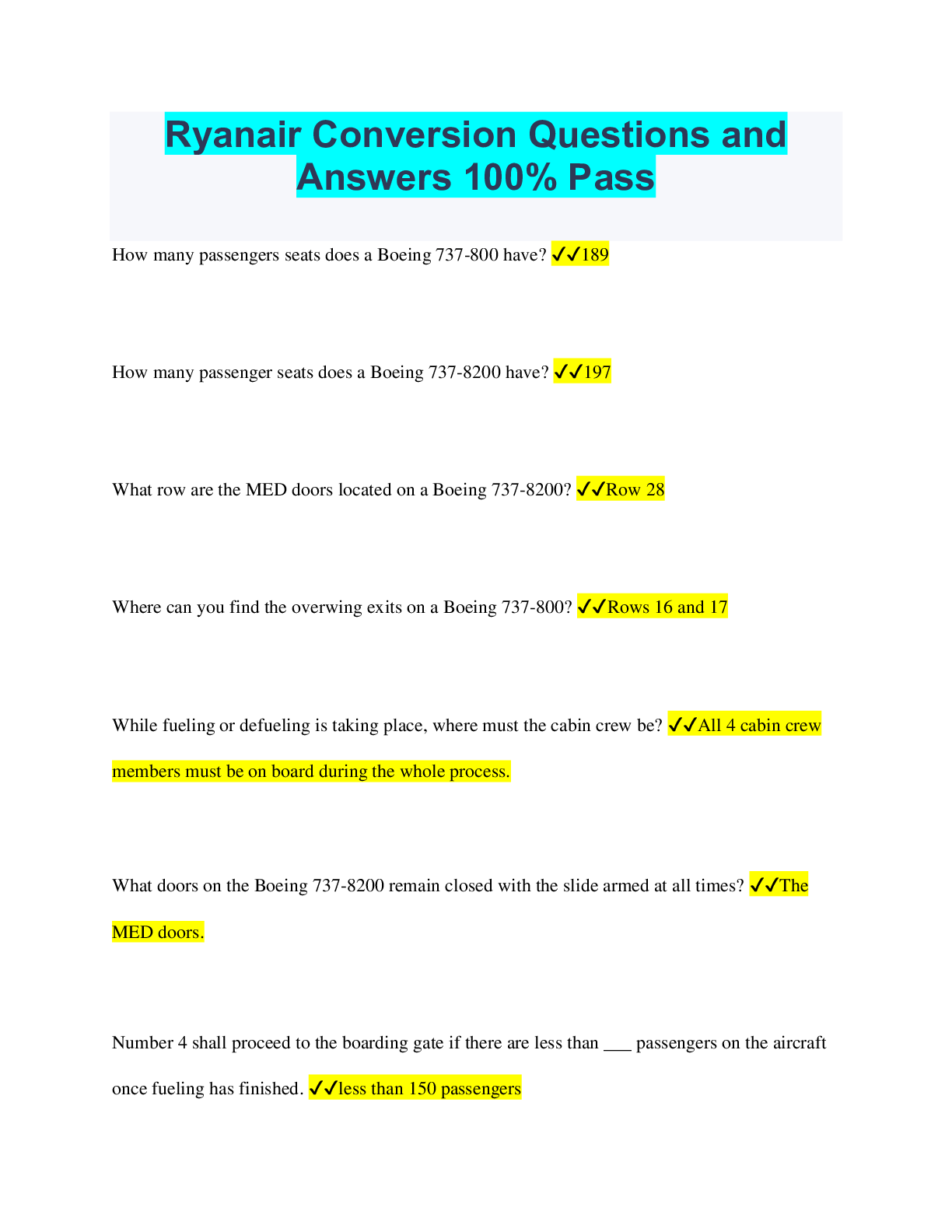
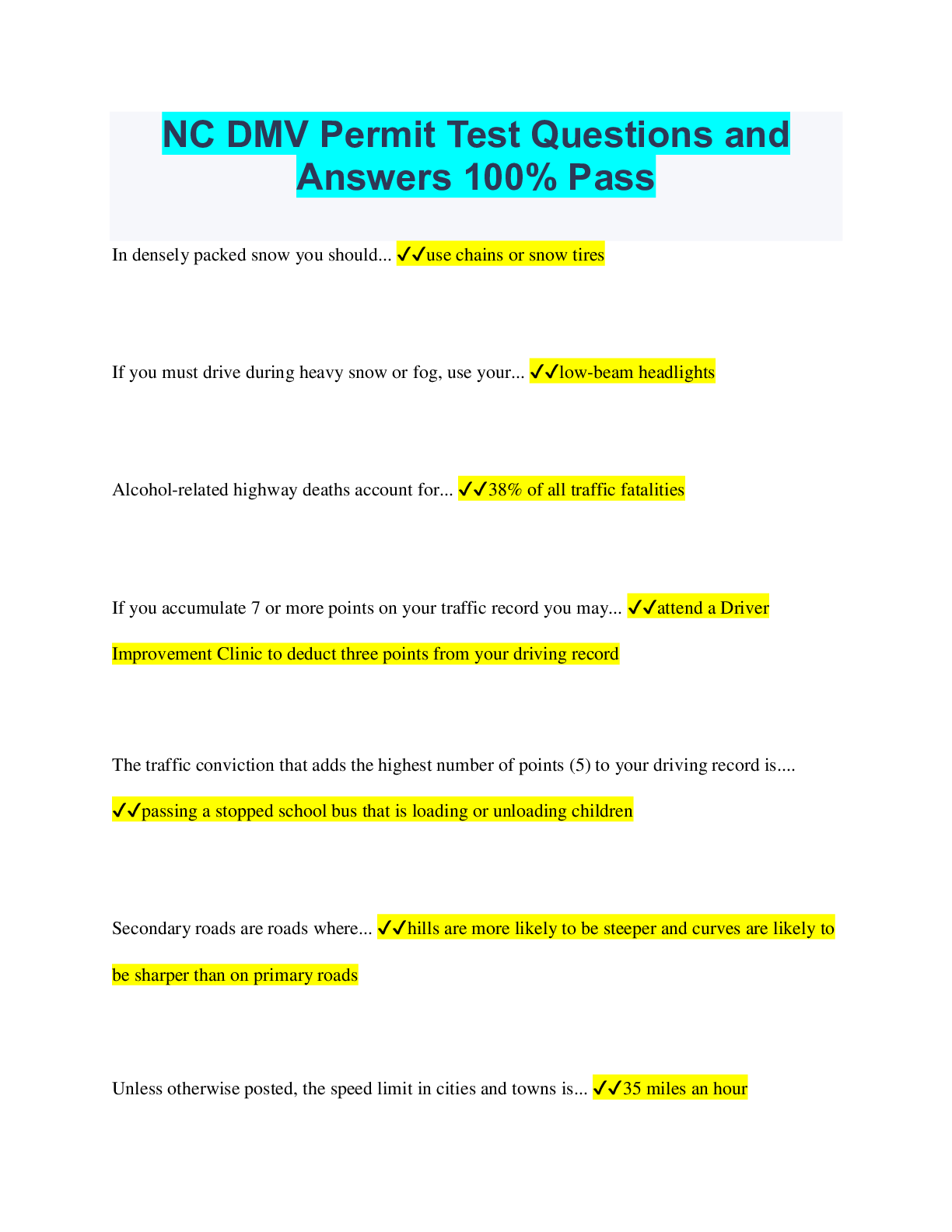

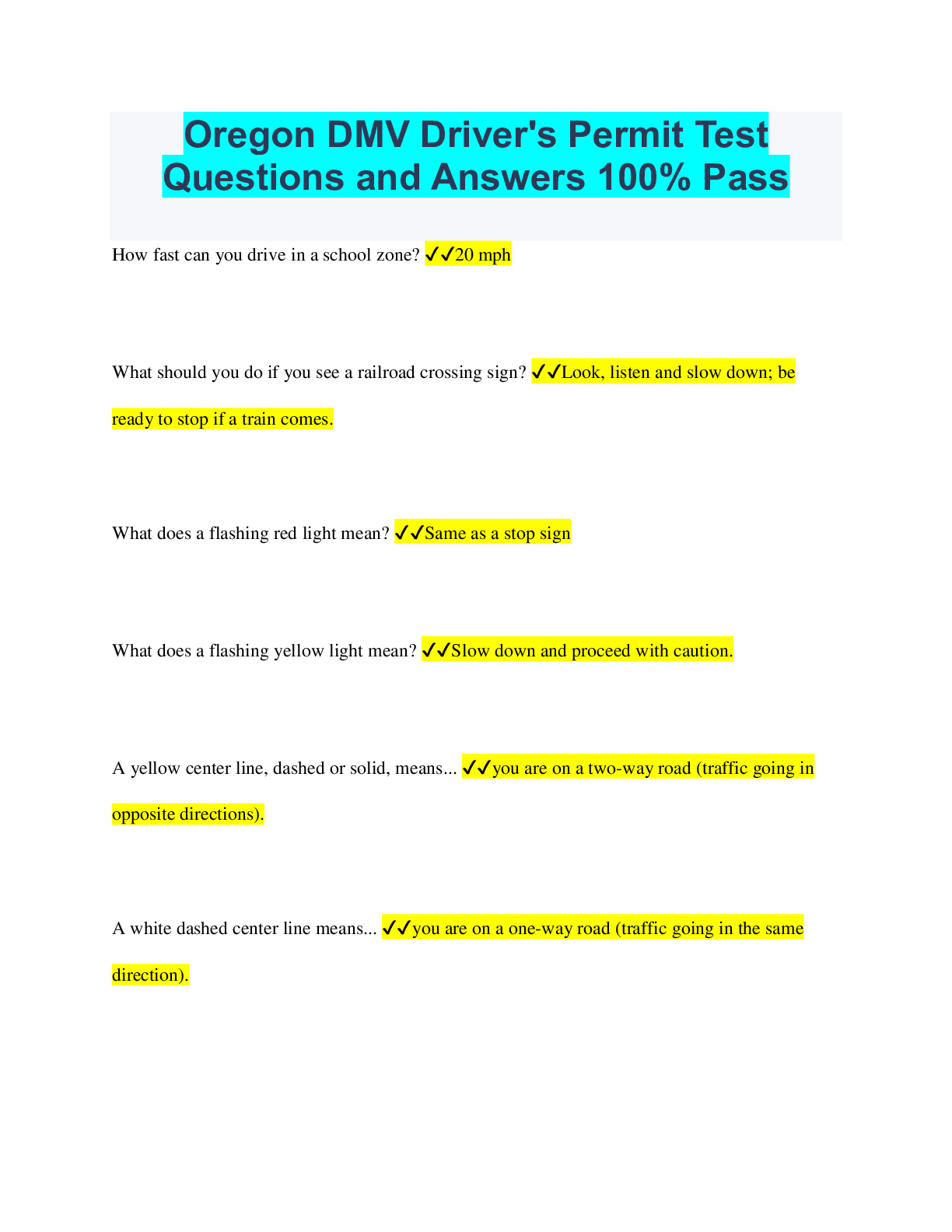
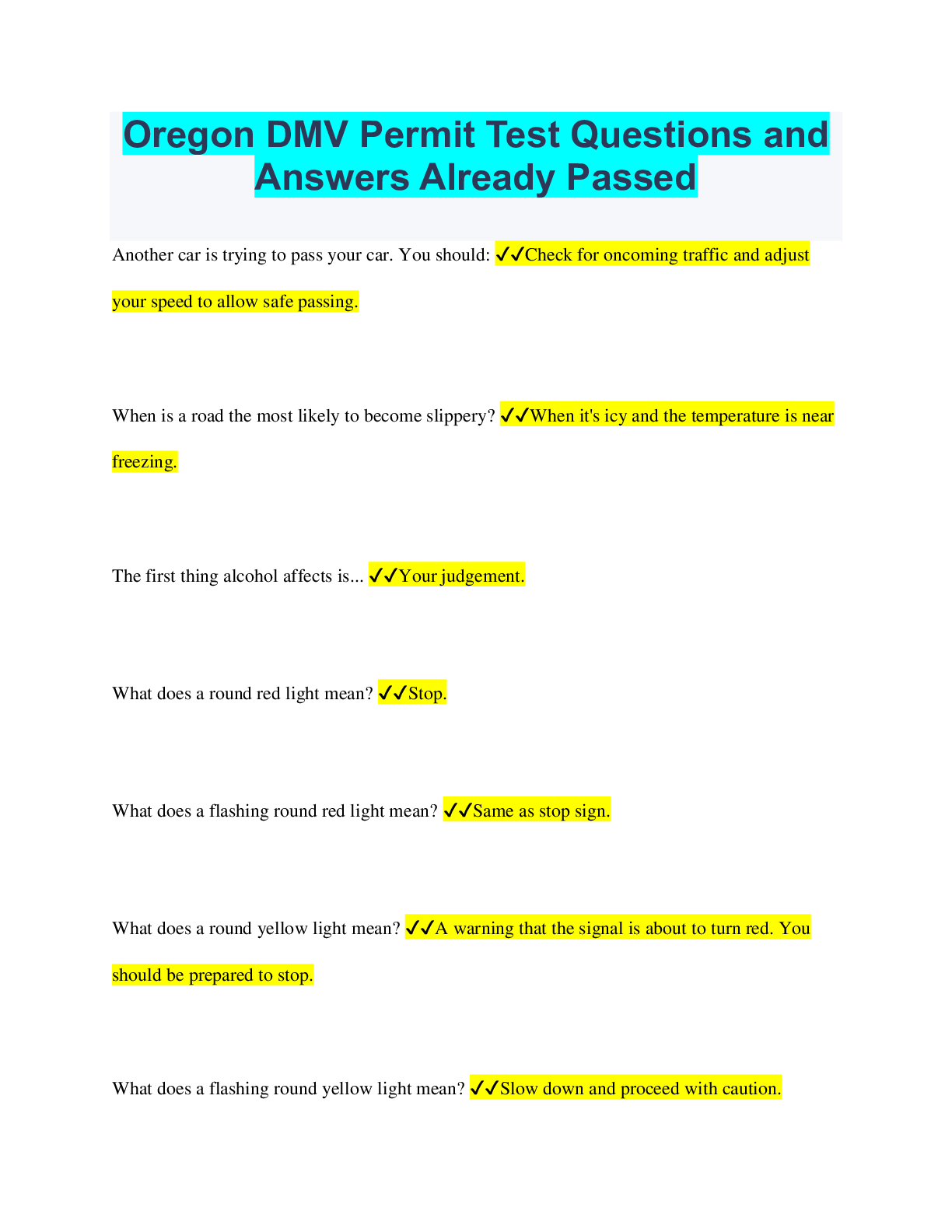
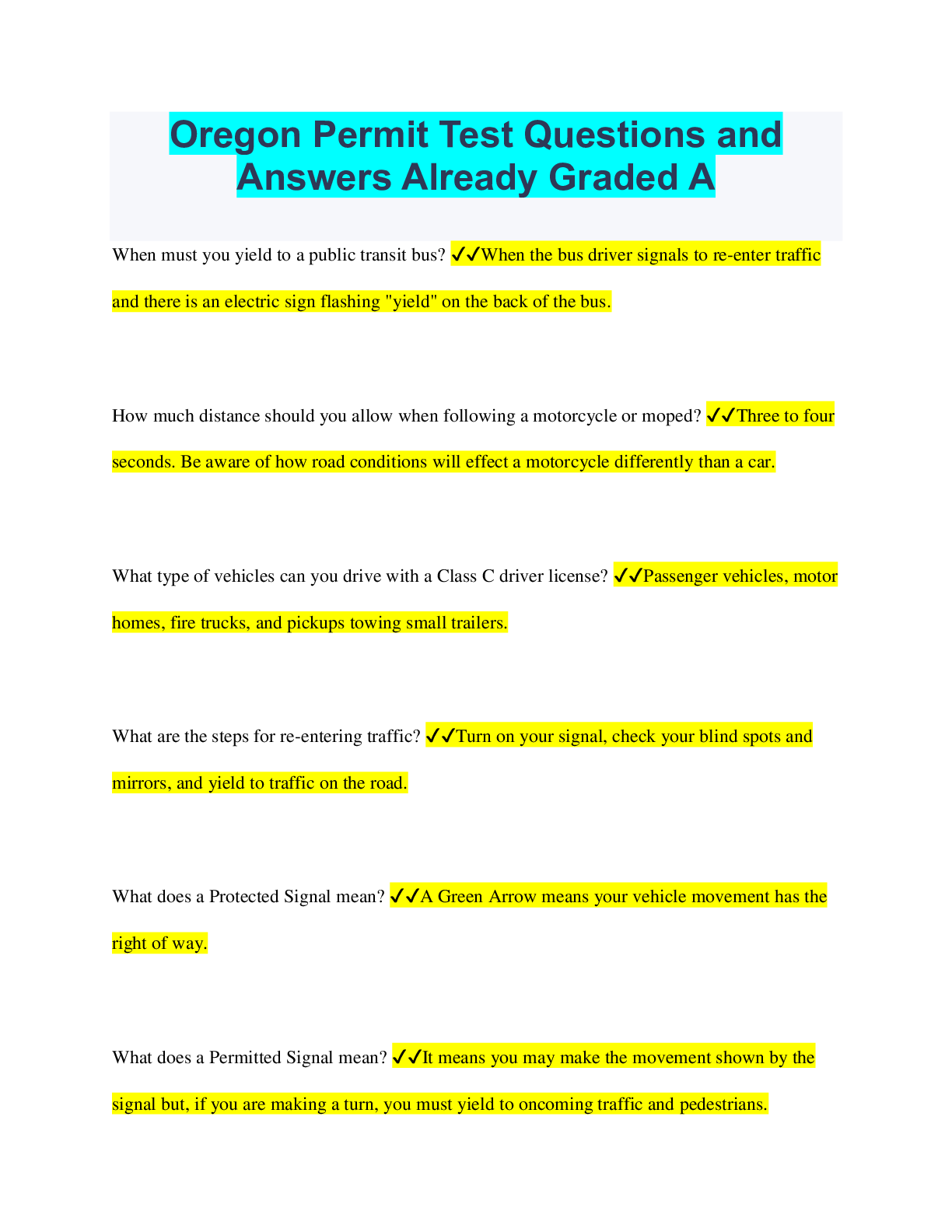
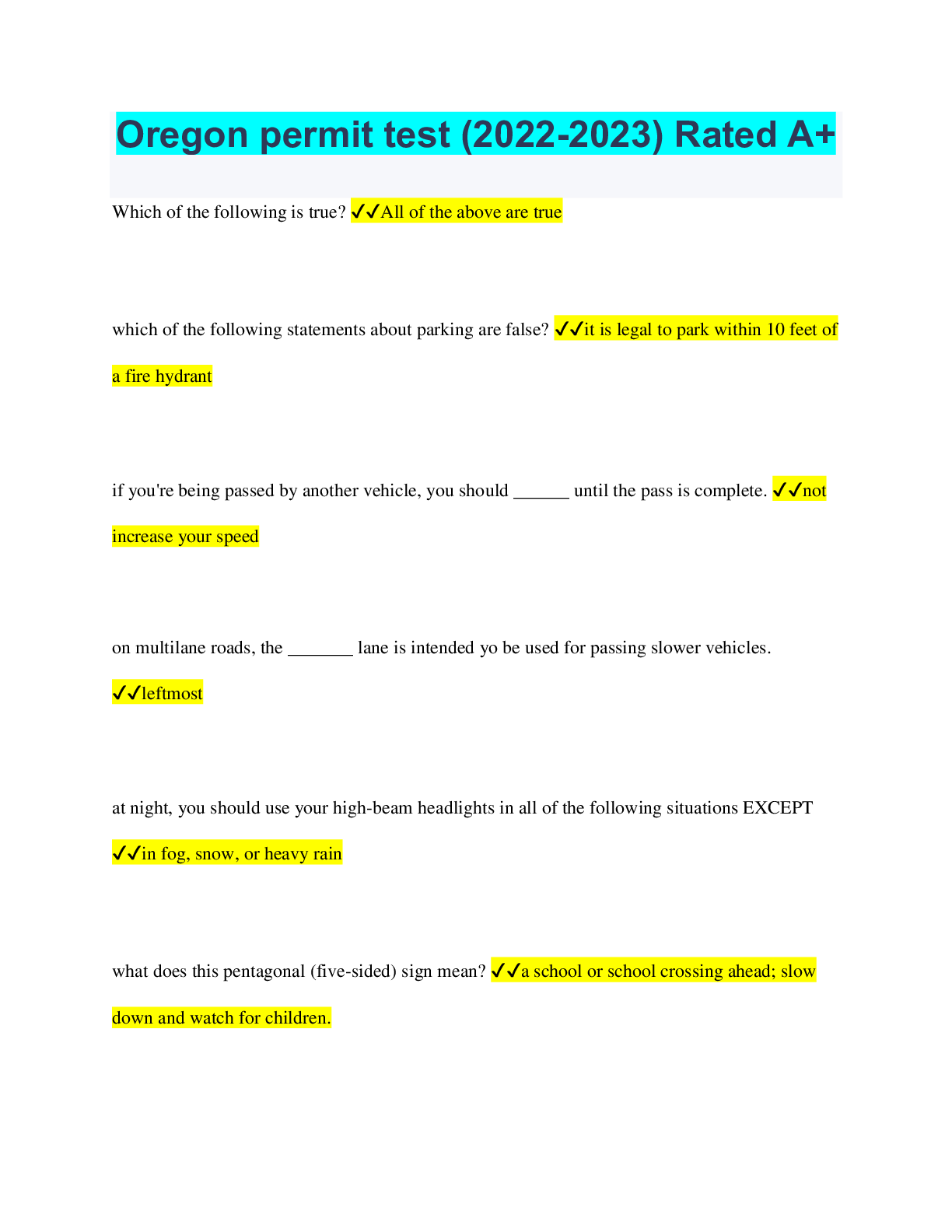
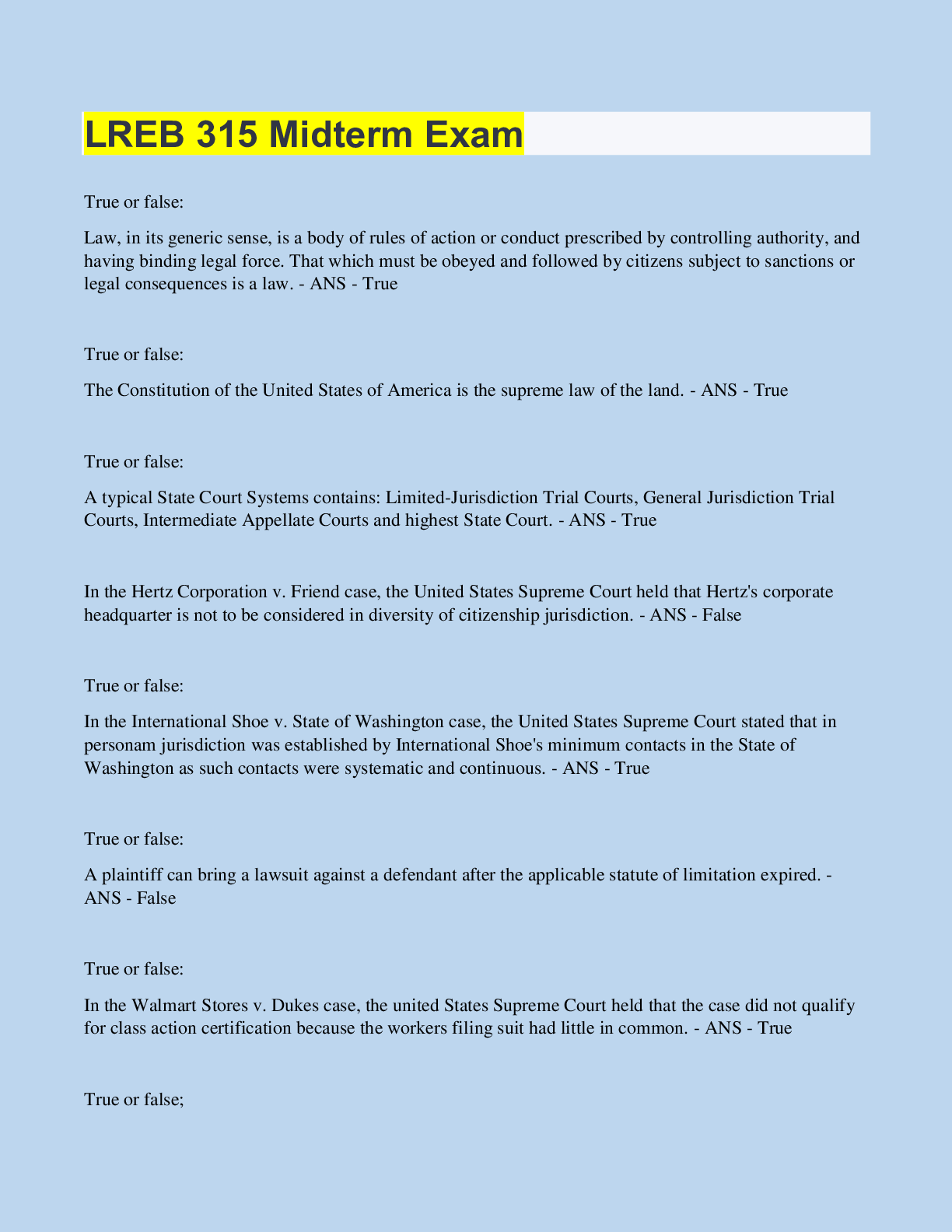
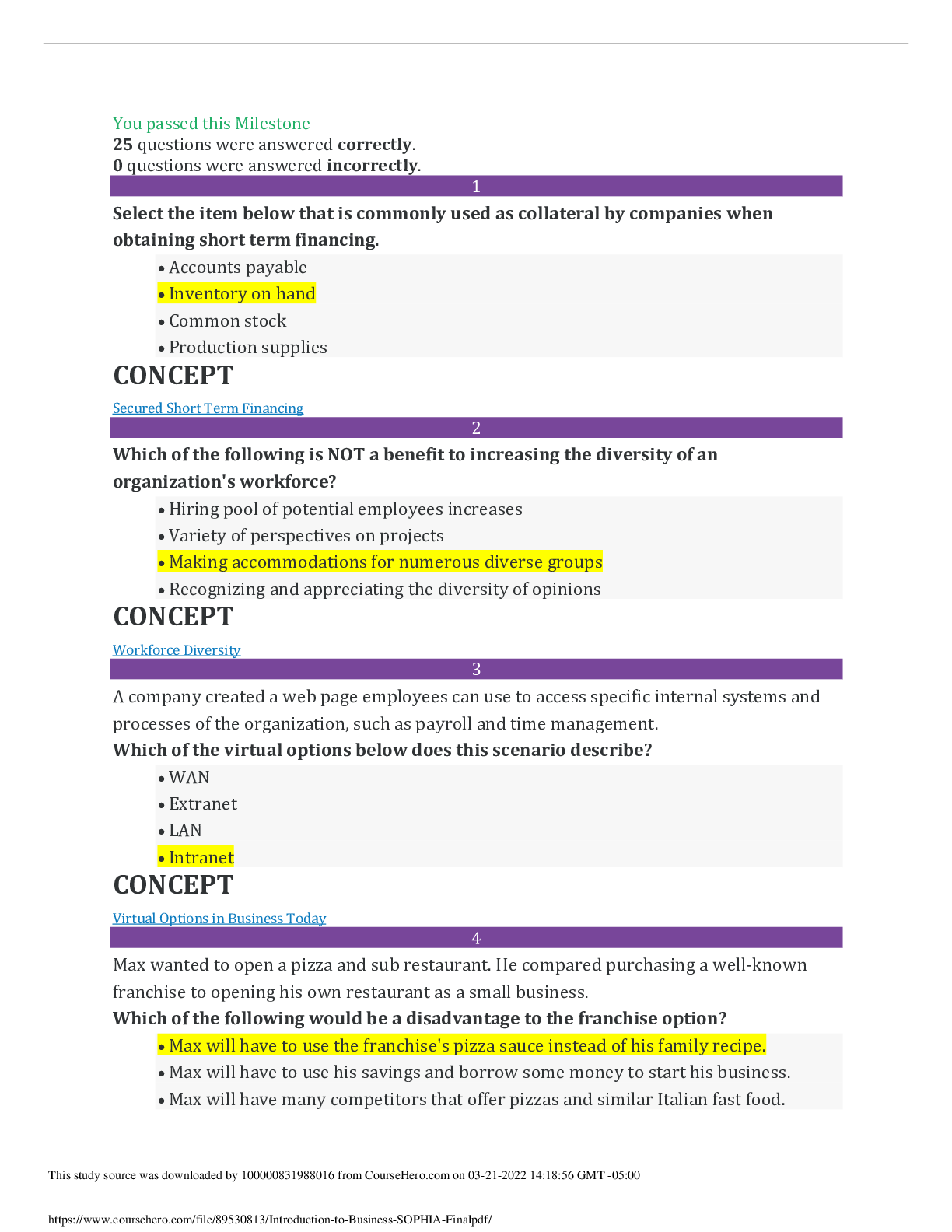


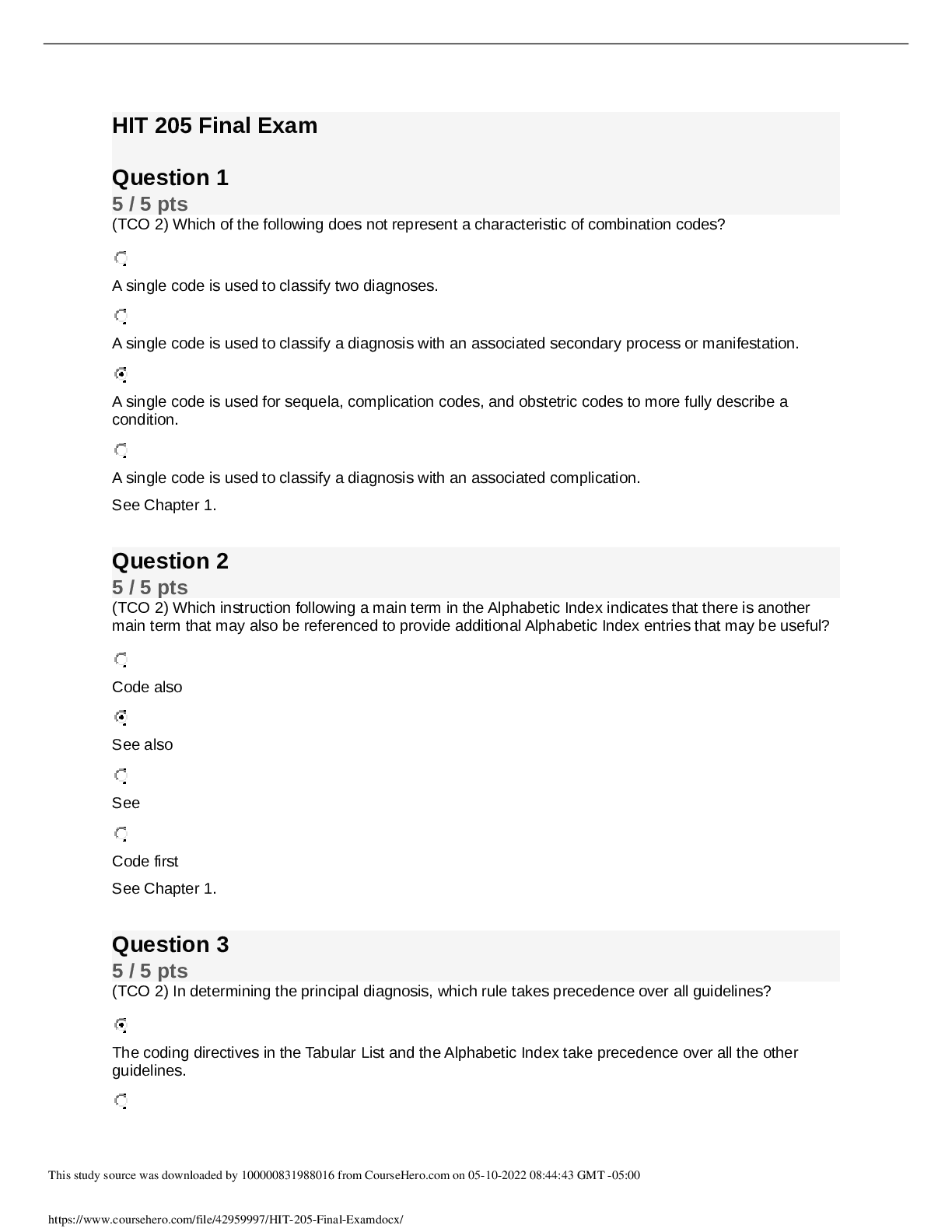
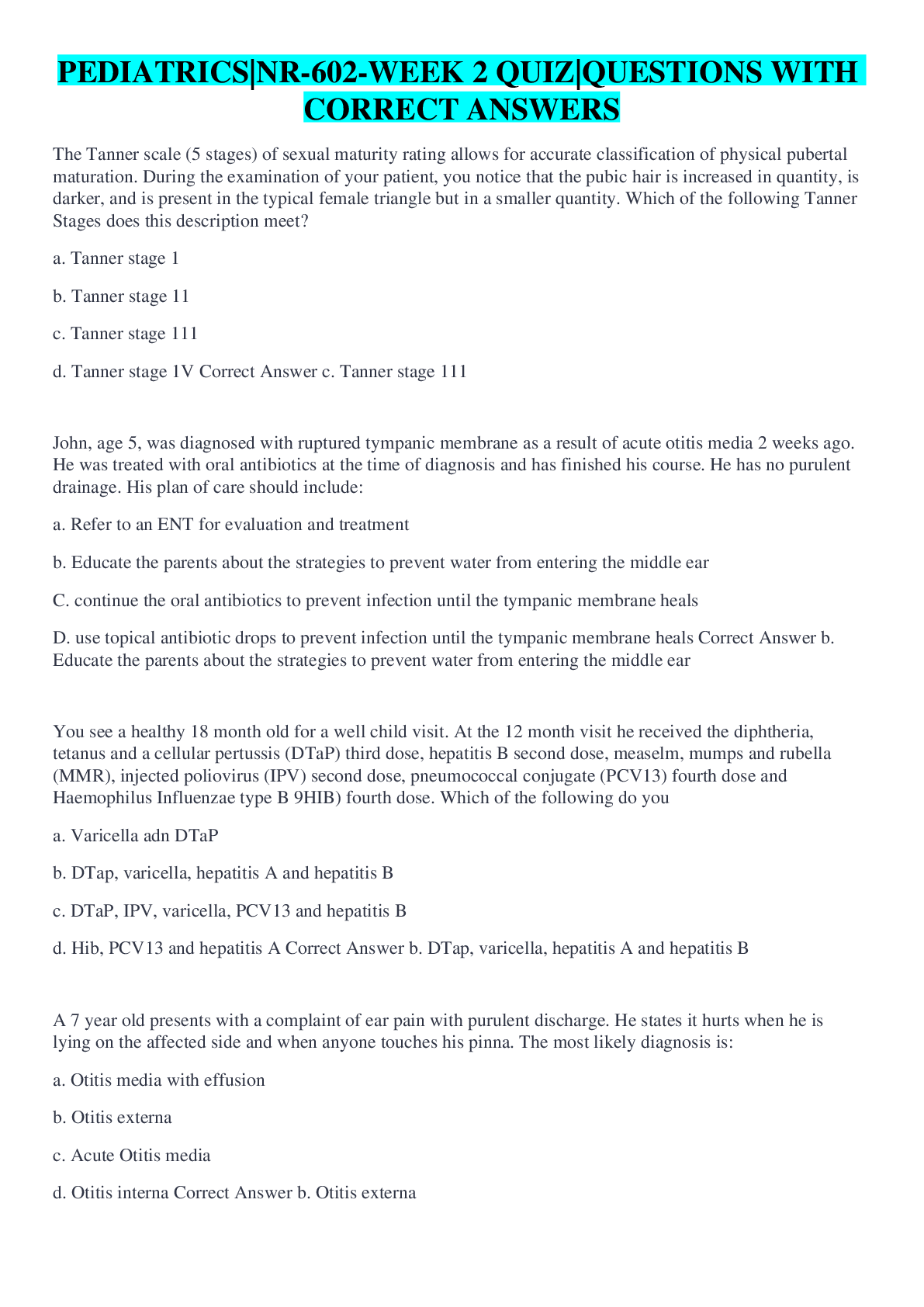


.png)

